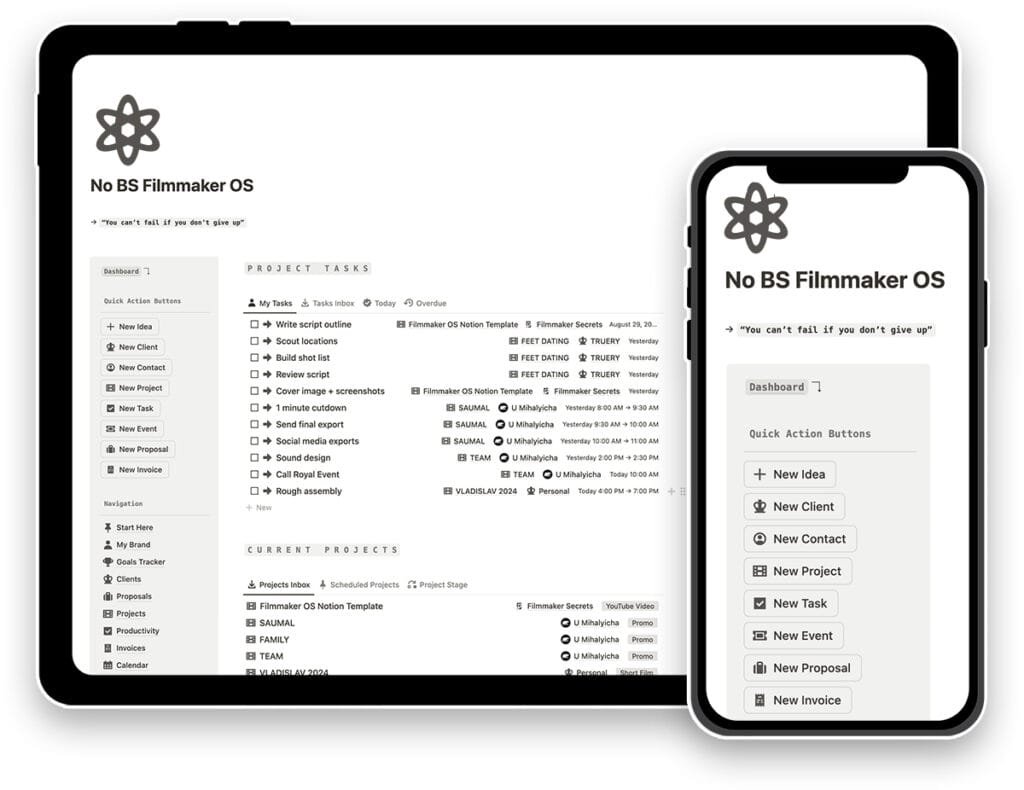Everyone’s a genius now.
Just type a few words into a magic box, and poof—you’re a filmmaker. A storyteller. A visionary.
Bullshit.
AI is a tool. A powerful one. But like any tool, it can be used to create garbage. And right now, the internet is drowning in AI-generated garbage.
You see it every day. The soulless avatar videos. The generic, rambling scripts. The plastic, uncanny-valley visuals that have zero impact.
You want to use AI? Fine. But don’t be a sinner.
Avoid these 7 deadly sins, and you might just create something that actually connects with a human being.
Sin #1: The Soulless Automaton (Lust for Automation)
This is the most common sin. You’re so in love with the idea of AI doing everything that you forget to do anything.
You use an AI avatar, an AI voice, an AI script, and an AI-generated background. The result? A video with all the personality of a microwave manual.
The Fix: Use AI as a co-director, not a replacement. If you use an AI voice, make sure the script is yours. If you use an AI-generated visual, make sure it’s guided by your unique creative vision. Don’t automate the soul.
Sin #2: The Generic Script (Sloth)
You give the AI a lazy prompt like “write a video about marketing,” and you take whatever it spits out.
The result is a word-salad of clichés and platitudes that says nothing, means nothing, and helps no one.
The Fix: Treat the AI like a junior writer, not a master. Give it a detailed brief. Provide the key insights, the unique angles, the specific stories. Use it to structure your thoughts, not to have them for you.
Sin #3: The Uncanny Valley (Gluttony for Visuals)
You’re so obsessed with creating “stunning” visuals that you forget about the story. You generate hundreds of hyper-realistic, fantastical images that have no narrative purpose.
The result is a visual feast that leaves the viewer feeling empty. It’s all style, no substance.
The Fix: Every shot must serve the story. Full stop. Before you generate a single image, ask yourself: “Why does this shot exist? What is it trying to say?” If you don’t have a clear answer, don’t make it. This is why a tool like my Shot List Template (totally free) is crucial—it forces you to justify every single shot.
Sin #4: The Data Trap (Greed)
You’re so focused on optimizing for clicks, watch time, and conversions that you create content that’s designed for algorithms, not people.
You use AI to analyze trends and then create a soulless, reverse-engineered video that ticks all the boxes but has no heart.
The Fix: Use data for insight, not instruction. Let AI tell you what people are searching for, but use your human intuition to decide how to answer them in a way that’s authentic and valuable.
Sin #5: The Black Box (Envy)
You see what others are doing with AI, and you try to copy them without understanding the process. You use the same tools, the same prompts, the same styles.
The result is a cheap imitation that will always be one step behind the original.
The Fix: Stop looking at what everyone else is doing. Develop your own unique process. Experiment. Break the tools. Find a way to use AI that is uniquely yours.
Sin #6: The Tech Fetish (Pride)
You’re more interested in the technology than the story. You brag about the tools you’re using, the models you’re running, the complex workflows you’ve built.
You’ve forgotten that the audience doesn’t care how you made it. They only care if it makes them feel something.
The Fix: Shut up about the tech. Focus on the story. The emotion. The connection. The tool is irrelevant. The feeling is everything.
Sin #7: The Ethical Blind Spot (Wrath of the Audience)
You use AI to create deepfakes, to spread misinformation, or to generate content that is manipulative or harmful. You ignore the ethical implications of the tools you’re using.
The result is a short-term gain that will lead to a long-term loss of trust. And in the world of content, trust is the only currency that matters, and money is a measure of trust.
The Fix: Create a clear ethical framework for your use of AI. Be transparent with your audience. Use these powerful tools responsibly.
The choice is yours.
You can be another sinner, adding to the mountain of AI-generated noise.
Or you can be a craftsman, using these tools with intention, with taste, and with a respect for the one thing that AI can never replicate:
Your humanity.




